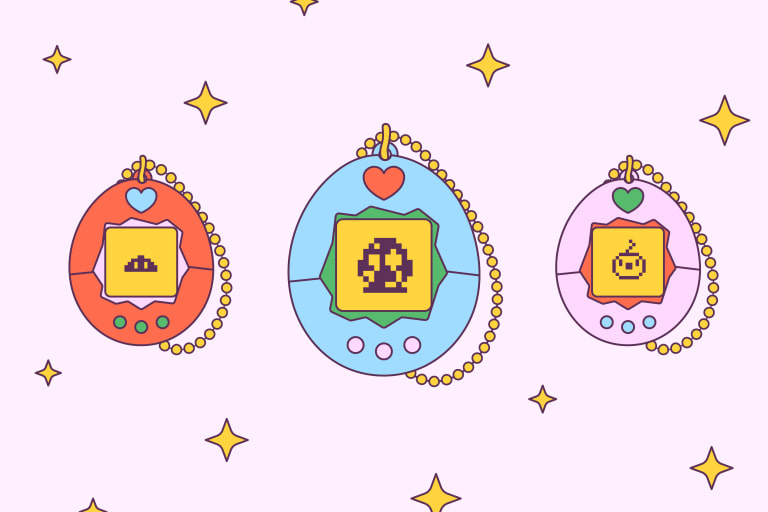
Your 12-Week-Old Baby
Baby is rolling over and dropping the swaddle, and you may be going back to work—welcome to the end of the newborn stage.

In This Article
You made it! Welcome to the official end of the newborn phase, as well as the end of the fourth trimester. These past three months may have flown by, or they may have dragged on—or a combination of the two. You’ve both reached major milestones (with many more to go), so go ahead, take a moment to reflect on 12 weeks of hard work, and pat yourself on the back for a job well done.
As a three-month-old, your baby is coming up on some big transitions, like rolling over, sleeping without a swaddle and maybe even cutting out nighttime feeds (more on that in a bit). And as always, pediatrician Dr. Chris Klunk has advice for these milestones and what they mean for baby's development.
For many parents, it’s time for the big return to work. We’ve got tips for making the transition go a little smoother—both logistically and emotionally. And if you’ve already gone back, you may still be trying to figure things out, and we can help with that, too. As with the past 12 weeks, ob-gyn Dr. Faith Ohuoba lends her advice and encouragement for this transition period so you can feel more empowered as a working parent.
🚼 Baby’s Development
🌀 Rolling Over
Rolling over is a big step for babies, and you might start to see it happening during tummy time right around now. Your baby will start by rolling from tummy to back, pushing with their arms and leading with their head. But keep in mind that it usually happens by accident at first, as baby experiments with their developing arm and core strength.
“Rolling over” might start as an enthusiastic head turn that sends baby toppling over, but as long as they’re in a safe spot with no fall hazard (on the floor is best), they’ll be fine. If it helps you feel better about any potential head bumps, you can keep baby on a soft blanket or cushioned playmat.
And it may still be another month or two before your baby rolls confidently and consistently, but these early flip-overs are really important for building the overall skill. Keep tummy time going, and you can use the toy reaching game we talked about last week to encourage baby to roll over even more.
But as your baby gets closer to officially rolling over, Dr. Klunk says there are some safety things to keep in mind:
Keep baby safe at night. "It is still important to place them back-to-sleep, even when they start rolling on their own," Dr. Klunk says. "No need to keep turning them over if they roll. Just start them on their back and let them do their thing. Additional precautions may include lowering the mattress if elevated and swaddling with their arms out."
Use caution on high surfaces. "Be very careful when your little one is on changing tables, beds, the couch or any service they can roll off of," Dr. Klunk says. "You don’t want their first big roll to be onto the floor."
Use soft surfaces for tummy time. "Those big baby noggins can build up quite a head of steam, no pun intended, when they roll," Dr. Klunk says. "It isn’t at all uncommon for them to bump their heads on the ground as they let the weight of their head pull their body along behind it into a roll."
💪 Lifting Up Onto Elbows
The other thing happening during tummy time: lifts! Your baby has likely been able to raise their head up for at least a few weeks now, but as their upper body strength continues to improve, they’ll be able to lift higher up onto their elbows, and they’ll be lifting up onto their hands (with straight arms) in the next two to three months.
So while getting up onto their elbows is just a stepping stone in baby’s upper body strength, it’s still a win to celebrate. Especially because that extra strength and height really comes in handy when learning to roll over. It’s also a major win for head control, coordination and balance, which are essential for developing that much-anticipated crawling skill later on.
💡Try This with Baby: More Advanced Tummy Time
How many times can we talk about tummy time? At least once more! We’ve been saying from the beginning how important it is for building baby’s strength and coordination, and it’s a perfect time to encourage sensory development too—and now it’s time to double down.
At this stage, babies can handle longer sessions, which means more opportunity to make things more interactive and fun. Start by extending tummy time by about 5–10 minutes per session, still doing it a few times a day.
"We are shooting for at least 30 minutes of tummy time a day at this point, with sessions really as long as your baby will let you get away with," Dr. Klunk says. "For some kids, this might be a few minutes at a time and others can go much longer. No biggie either way. Just try to get the time in whenever it fits."
To help baby stay interested and motivated, you can use a tummy time support pillow under their chest to help lift them up, giving them a new angle to explore and a better chance to look around. That little bit of cushioned elevation can make the experience more comfortable while still allowing baby to build up their muscles and making it easier for them to lay there longer.
And just like we mentioned last week, this is a great time to incorporate reaching games, rolling games and other more “advanced” activities. Your baby’s cognitive abilities are rapidly developing, and at three months old, they’re growing more interested in interactive games (especially when you’re involved!).
As always, make sure baby is supervised the entire time, and follow their cues. If they get fussy, it’s okay to take a break and try again later. The more fun it feels, the more your baby will want to engage, and the more quickly they’ll build those physical, cognitive and social skills.
💗 You, 12 Weeks After Baby
💼 Returning to Work
Whether you’re scheduled to return soon or you’ve already been back for a while, going back to work is a huge adjustment, both emotionally and logistically. You aren’t the same person you were when you left a few months ago, and it may take some patience to get back into the headspace of “employee” versus “parent.”
On one hand, you may be excited to get back into an old rhythm, see your co-workers or just have a hot cup of coffee in peace. On the other hand, it’s totally normal if you feel guilty for being away from your baby and that you’re not there for all the daily little things. (Remember the “mom guilt” we talked about in week nine? It’s a gender-neutral feeling, by the way.)
As an ob-gyn dedicated to holistic women’s health and empowerment, Dr. Faith encourages parents to reframe this transition, and to communicate your needs with your workplace: “My advice is to go back understanding that you may have to make decisions to prioritize your child,” she says. “That clear communication with your employer is needed. Your work routine may change because now you may have to wake up earlier, [or] your ‘spare’ time may be spent on the phone coordinating care for your child.”
If you’re really feeling that guilt, remember that you’re going to work in order to support your baby and help them thrive. And it’s okay to stare at pictures of them on your phone (we know you have a ton by now) during your breaks, or check in on a video monitor app (which we’ll talk about more below). But just a heads up: Looking at photos of your baby may cause letdown!
🧑🍼 Feeding Baby
🍼 Week 12 Feeding Guidelines
3–4 fluid ounces per feed, every 3–4 hours; 6–8 feedings per day for a total of 24–30 fluid ounces per day.
🌙 When to Drop Nighttime Feedings
By now, your baby may be getting longer stretches of sleep overnight (remember, “sleeping through the night” means only about five to six hours). And even if you’re still doing one nighttime feed, there’s probably no need to wake baby up just for a meal. Especially if baby is getting plenty of calories during the day and is on track for gaining weight, if they aren’t waking up for a nighttime feed, there’s generally no need to disturb them.
That said, not all babies are ready to drop their nighttime feeds at 12 weeks, and your baby may still need at least one middle-of-the-night meal for a few more weeks. "Three months tends to be on the youngest end of the spectrum when it comes to nighttime feeds going away," Dr. Klunk says. "I wouldn’t advocate withholding feeds from a hungry baby overnight in an effort to make nighttime feedings stop. If they are already doing that at 3 months, congratulations! But don’t worry if they aren’t."
Before you make any official changes to baby’s feeding schedule, talk to your pediatrician and/or lactation consultant, and they can help you determine if your baby is ready.
😴 Sleep
🛏️ Total Sleep: 12–16 Hours
Naps: 2–3 per day for 2–3 hours each
🦋 Transitioning Out of the Swaddle
Once your baby is able to roll over, even if it’s just a few times by accident, then it’s officially time to retire the swaddle. It’s a safety thing—if they happen to roll while swaddled, keeping their arms locked in tight can make it hard for them to roll back, which can be dangerous if they end up face-down.
But losing a snug swaddle doesn’t mean baby won’t be cozy for sleep anymore. Loose blankets are still a definite no, but sleep sacks or transitional swaddles are totally fine. Just keep in mind that your baby may not take to the change immediately, so here are some tips to ease into it.
Start by letting just one arm out of the swaddle for a few nights to help your baby adjust. You can do that with a traditional swaddle blanket by wrapping baby just a little differently, or you can use a transition swaddle/sleep sack that has removable arms. Either way, the goal is to keep baby feeling snug and secure while also making sure they have at least one arm available to help them roll onto their back if they need.
Once that’s going smoothly, then you can transition baby into having both arms out. If the sudden freedom causes flailing, it’s totally okay to go back to just one arm out. Baby will get there eventually. The thing some parents find the most helpful during this stage is ensuring the sleep sack is snug enough around baby’s torso so they still feel like they’re being held. Too loose, and they won’t feel secure. (Just make sure it’s not so snug that baby has difficulty breathing.)
Some babies adapt right away, while others might need a little more time (and soothing). Stick to your usual bedtime routine, since consistency everywhere else can make introducing new things go a little smoother.
❓Weekly How-To: Make Workdays Easier as a New Parent
Returning to work with a baby at home is no small feat, and chances are your pre-baby routine needs a little updating to accommodate your new parental needs. Along with our mindset tips above, here are four things that can help the logistical part of your workdays feel more manageable:
Pack a pump bag. If you’re going to be pumping at work, it’s crucial to have all the necessities in one easily accessible spot. While you could potentially make a regular diaper bag or large purse work, a bag made specifically for pumping on the go ensures you have enough space for the larger items, like your breast pump and all its many accessories. Here’s everything to include in your pump bag:
Breast pump
Tubes, connectors, flanges and all other attachments
Bottles and/or milk storage bags
Breastmilk chiller or a cooler bag with ice packs
Lactation aids like a warming massager or hot/cold pack
Manual pump (for backup emergencies)
Snacks
Lock down your morning and evening routines. Do as much as you can the night before: prep your bag, pack lunches, lay out outfits (yours and baby’s), get everything ready for your childcare. That way in the morning, you’ll have more time to sneak in a few baby snuggles. If you have a partner, figure out a system to trade off getting-ready duties so you’re not both scrambling.
Invest in gear that makes life easier. Anything that saves you time or mental energy is worth it. If your baby stays at home during the day, then a video monitor with an app lets you check in and stay connected while you’re away. A bottle sterilizer/dryer combo can speed up your nightly reset since you’re not handwashing everything and waiting for stuff to air dry.
Check in on childcare. Whether it’s daycare, a nanny or a family member, make sure you feel good about the setup and keep communication open. Daily updates or quick check-ins can go a long way toward easing the back-to-work transition. Work with your childcare provider to find a rhythm that feels good for you (and maybe reduces that parent guilt).
👀 Looking Ahead
Sleep training: Doctors and sleep experts advise waiting until baby is at least four months old before starting formal sleep training. But now may be a good time to bone up on baby sleep resources so you can feel prepared when the time comes.
🛍️ Panic Order
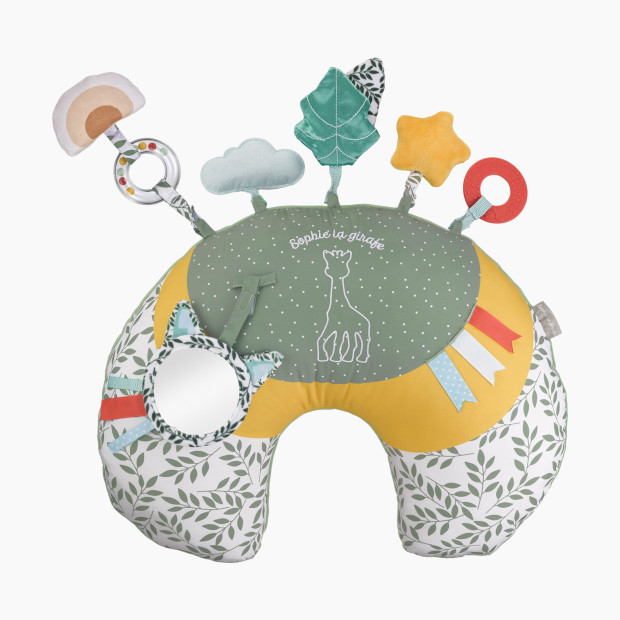
Vulli
Cozy Sophie la Giraffe Play Cushion
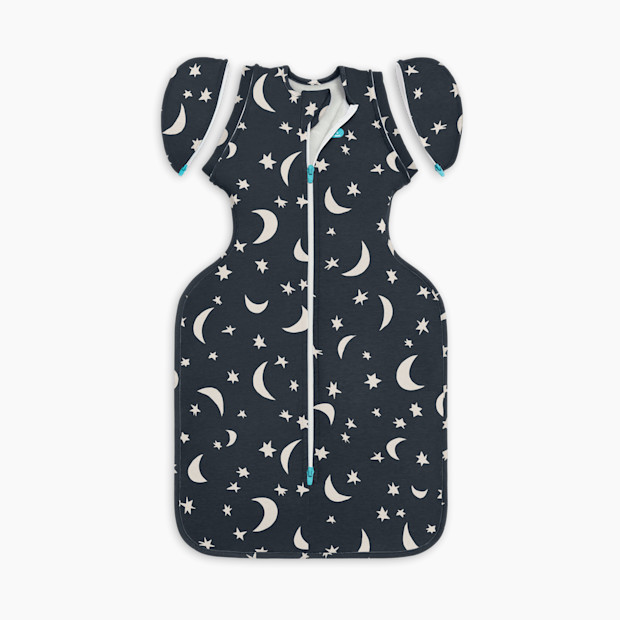
Love to Dream
Swaddle Up Transition Bag Original 1.0 TOG

Sarah Wells
Lizzy Breast Pump Bag
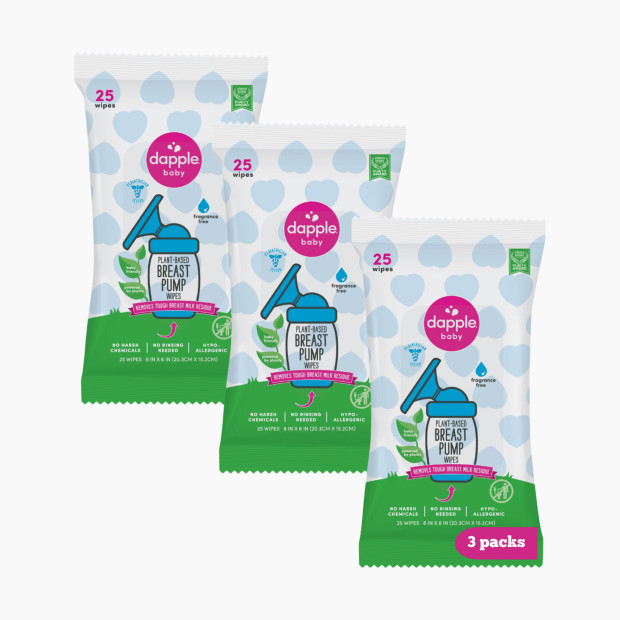
Dapple
Breast Pump Cleaning Wipes (3 Pack)
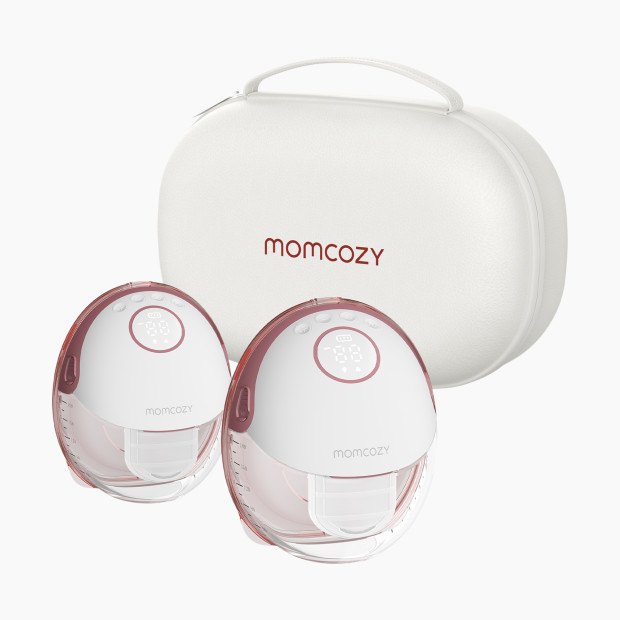
Momcozy
Mobile Style M6 Wearable Electric Breast Pump
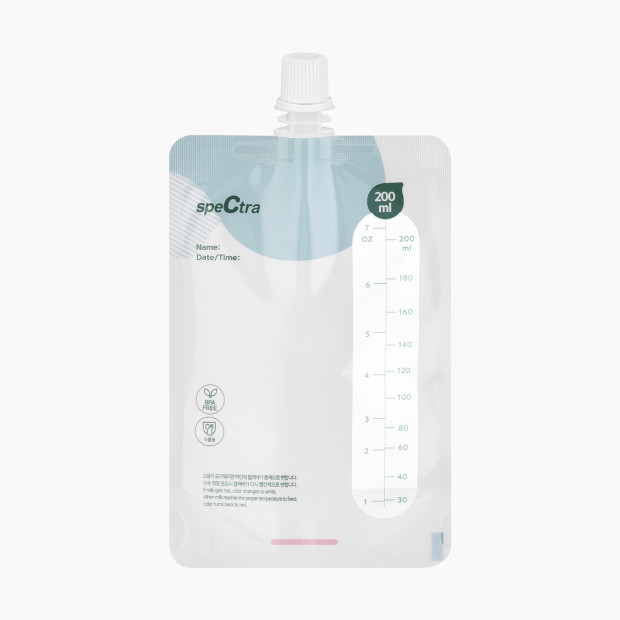
Spectra
Simple Store Breast Milk Collection Replacement Storage B...

Momcozy
All-in-One Super Flexible Pumping Bra

Medela
Quick Clean Micro-Steam Bags

Ceres Chill
OG+ Chiller/Warmer

Nanit
Pro Smart Baby Monitor and Wall Mount
Expert Sources
Babylist content uses high-quality subject matter experts to provide accurate and reliable information to our users. Sources for this story include:
Dr. Faith Ohuoba, Houston-based ob-gyn
